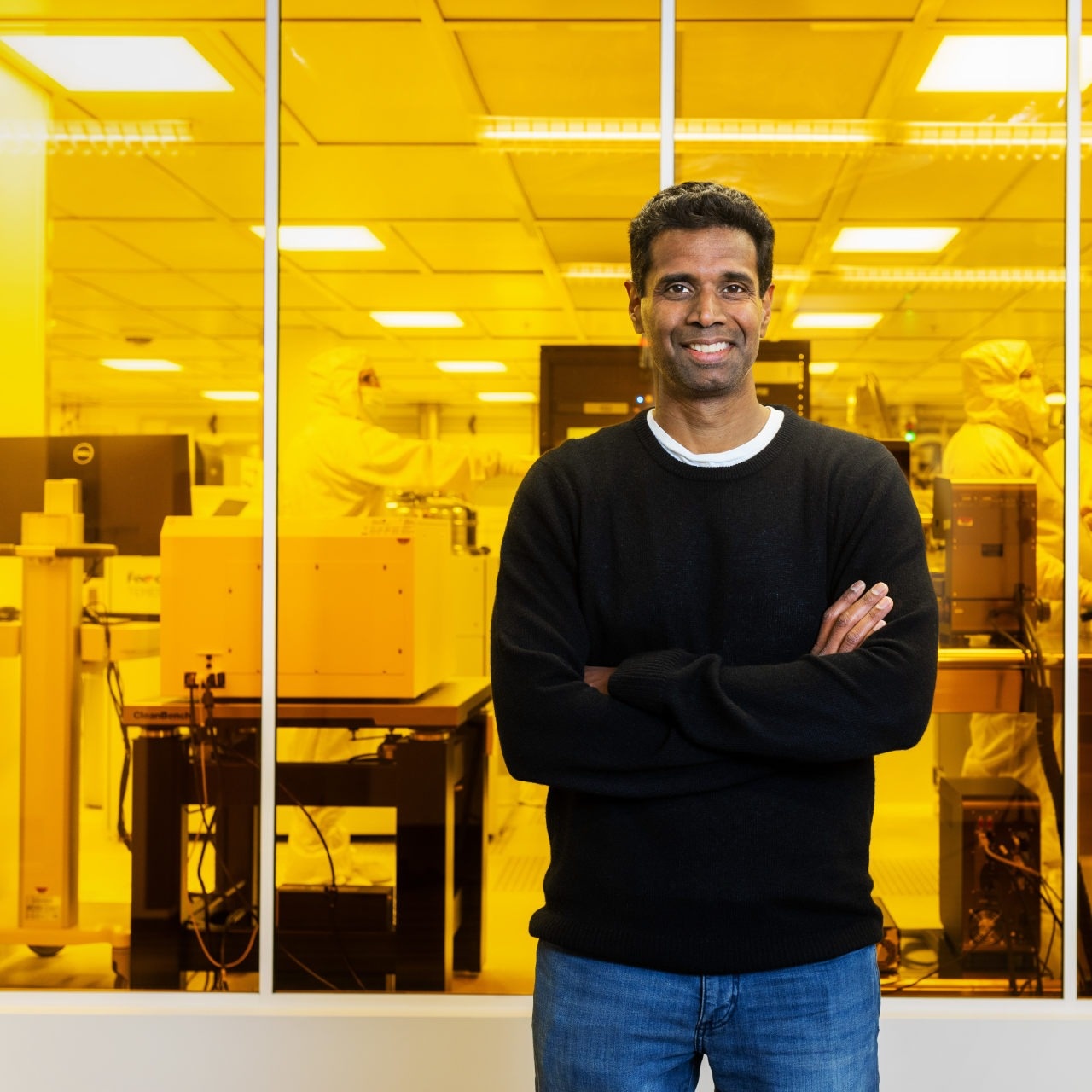
In 2000, a Microsoft executive made a tempting offer to mountaineer and physics professor Chetan Nayak: Join the company, climb nearby Mount Rainier, and build a quantum computer together.
Nayak accepted the challenge and climbed Washington state’s highest peak in two years. But the journey toward bringing a quantum device to light continues.
The Great Machine
According to the WSJ , nearly every tech giant is working to build a quantum computer, which they believe will make leaps forward in areas like encryption and medicine.
Basically, computers usually operate based on bits, each bit has 2 values 0 and 1. At a time, each bit can only have a single value. However, with quantum computers, qubits have more than 2 values, they can have an infinite number of values in the range of 0-1.
At any given moment, they can also have different values. In other words, in the same amount of time it takes a traditional digital computer chip to move data from point A to point B or perform some mathematical operation, a quantum computer can perform an unimaginably large number of calculations.
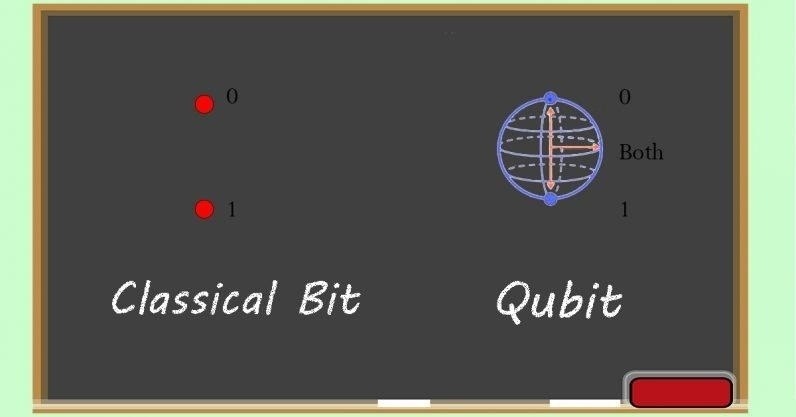 |
Qubits have an infinite number of values between 0 and 1. Photo: The Next Web. |
In theory, quantum computers would be able to process much larger volumes of data, leading to potential breakthroughs in fields such as medicine, science and finance.
Quantum computers are expected to surpass traditional computers, giving humanity “infinite” computing power. However, since being mentioned in the press, there has been no truly outstanding quantum computer.
The reason quantum computers are not yet widely used is, simply put, because people do not yet have control over the behavior of the particles inside the microprocessor. Our technology has not yet reached the milestone of “quantum supremacy,” the realm where we can control the behavior of subatomic particles.
Nayak leads a team at Microsoft of hundreds of chemists, engineers and mathematicians who have been trying to build a quantum computer for about 20 years. The group, called Station Q, is taking a riskier and less widely accepted approach than those used by rivals like Alphabet’s Google.
After 17 years of research, Microsoft has finally achieved its first results with a quantum chip called Majorana 1. According to The Verge , Majorana 1 is capable of integrating up to one million qubits on a chip not much larger than the CPU inside desktop computers and servers.
The Microsoft Chip Difference
All computer chips have errors. But on the chips in today’s PCs and smartphones, the error rate is minimal. With qubits, however, the slightest disturbance can cause them to make a series of errors.
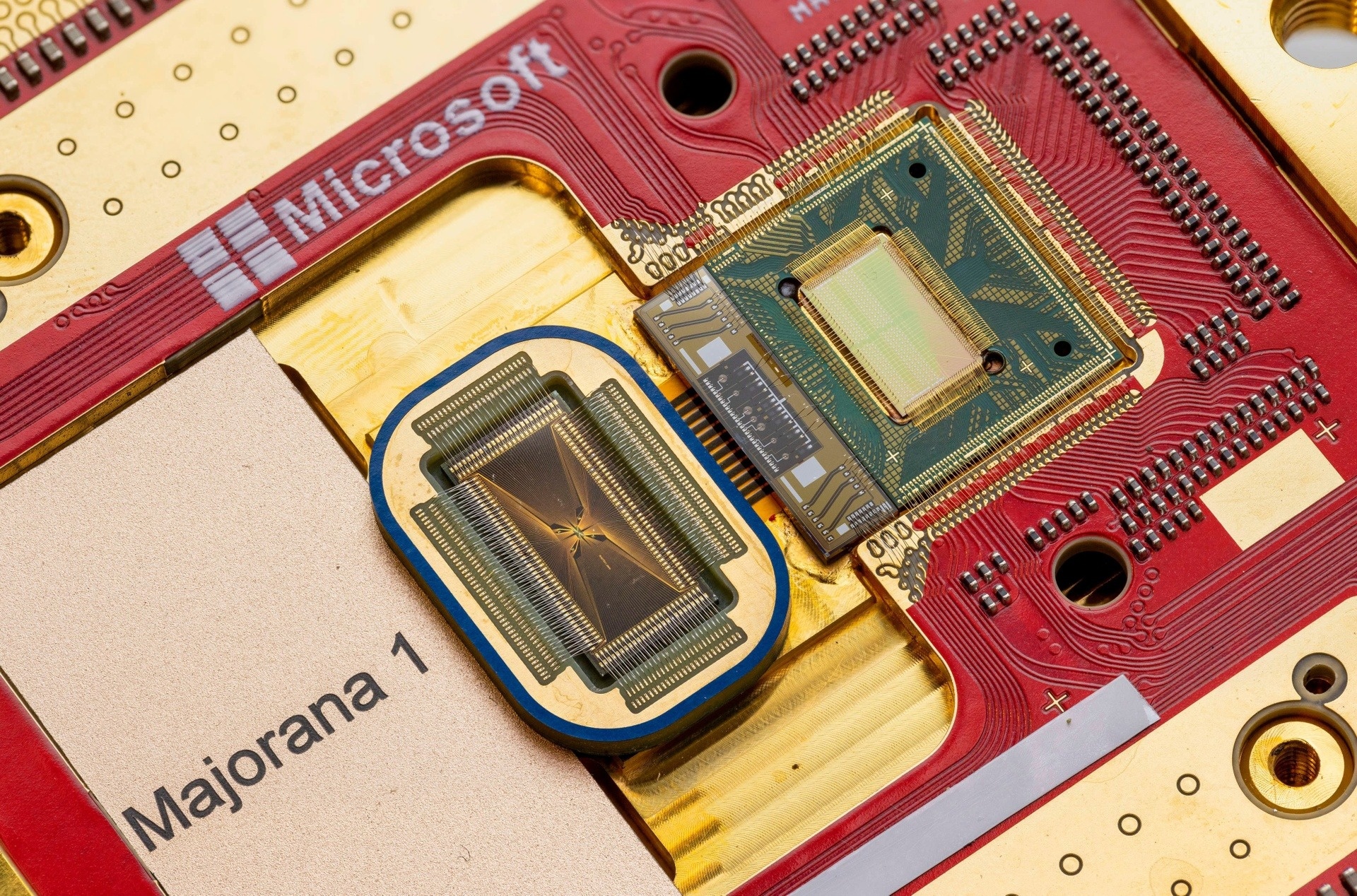 |
Microsoft's first quantum chip is called Majorana 1. Photo: Microsoft. |
Under Nayak’s leadership, Microsoft has found a way to solve the problem with something called “topological superconductivity,” a material that is neither solid, liquid, nor gas and is used to create building blocks that can be scaled up into a powerful quantum computer.
In it, a single electron is essentially spread out on a tiny wire cooled to near absolute zero. That spread of electrons forms a Majorana particle, which the theoretical physicist Ettore Majorana described in 1937 and whose properties can be used to create a qubit.
With just a single chip capable of integrating a million qubits, Microsoft's quantum computer can perform simulations with much higher precision. This promises to be an important premise to help humans improve their understanding of the natural world and open up breakthroughs in medicine as well as materials science.
The Redmond, Seattle-based technology company confidently said this breakthrough could shorten the time to launch quantum devices to a few years instead of decades.
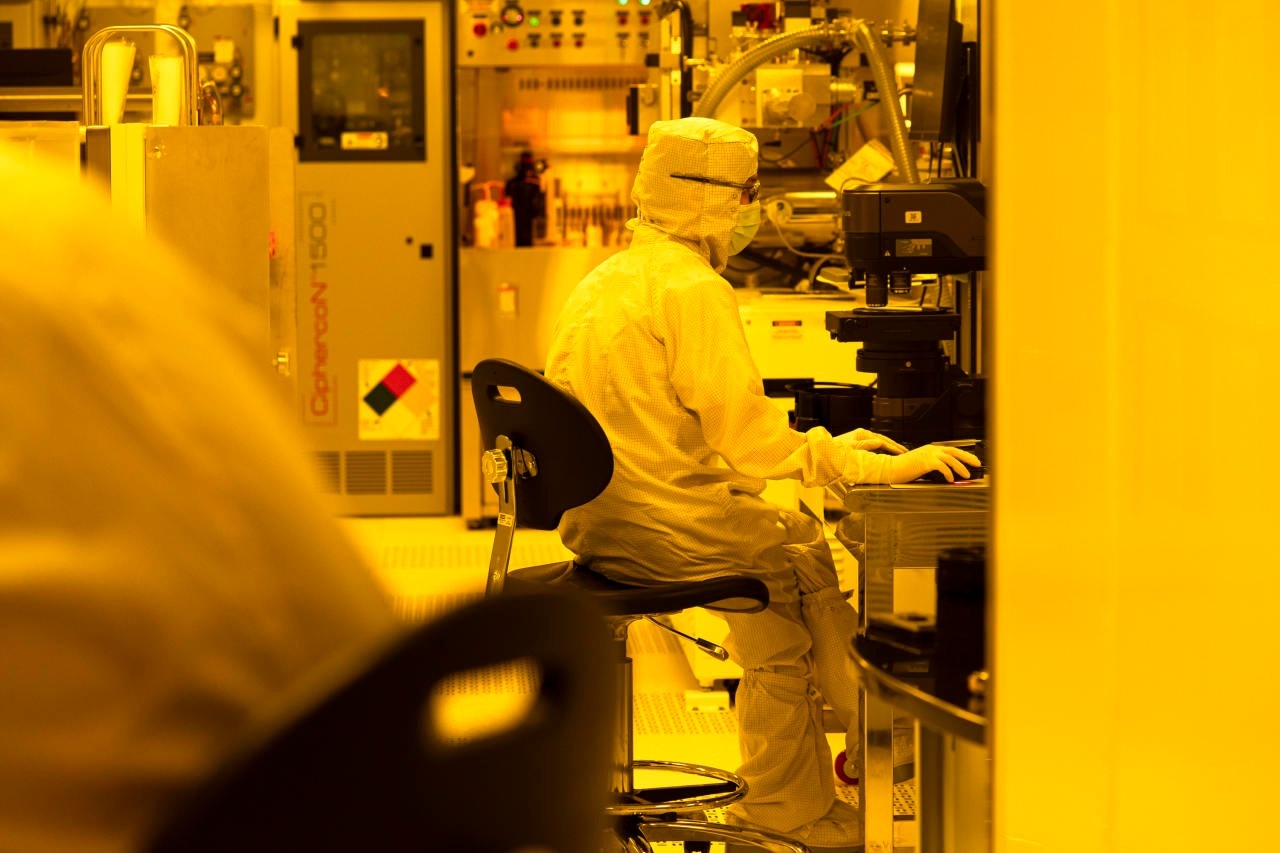 |
Scientists work at Microsoft's special laboratory for quantum computers. Photo: WSJ. |
While some physicists remain skeptical of Microsoft’s claims, CEO Satya Nadella appears to be enthusiastic. This is a notable change, as the WSJ cited an internal email from seven years ago that revealed Nadella himself dismissed quantum computing efforts as having no commercial potential.
Now that Microsoft has decided to show the Majorana particle to the world, Nayak is focusing on making the qubits even more reliable and improving the integration of more qubits onto the chip.
The 53-year-old professor said he didn't want to be 70 years old and still working at Microsoft trying to build a stable qubit chip.
Source: https://znews.vn/nguoi-viet-nen-giac-mo-ve-sieu-may-tinh-luong-tu-cua-microsoft-post1538746.html









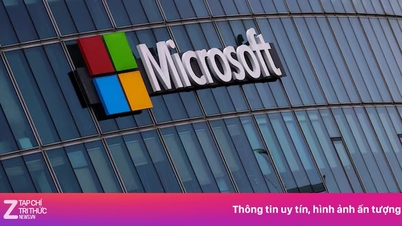


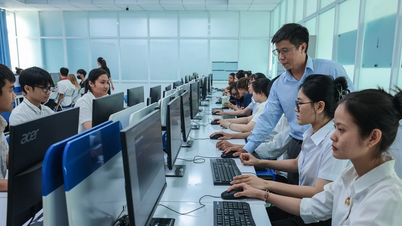
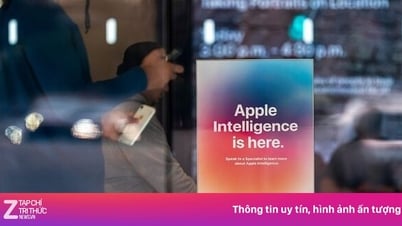





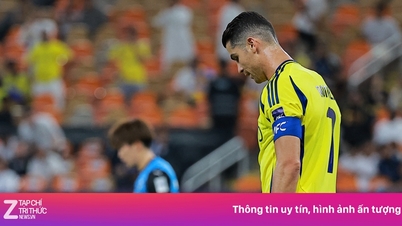





































![[Photo] Prime Minister Pham Minh Chinh talks on the phone with Singaporean Prime Minister Lawrence Wong](https://vphoto.vietnam.vn/thumb/402x226/vietnam/resource/IMAGE/2025/5/8/e2eab082d9bc4fc4a360b28fa0ab94de)











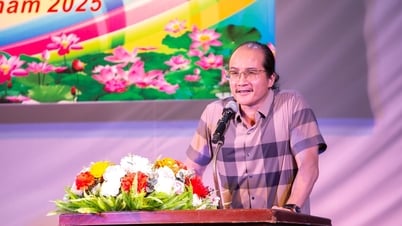

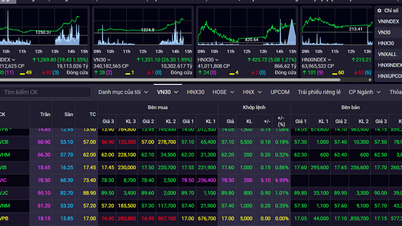



















Comment (0)